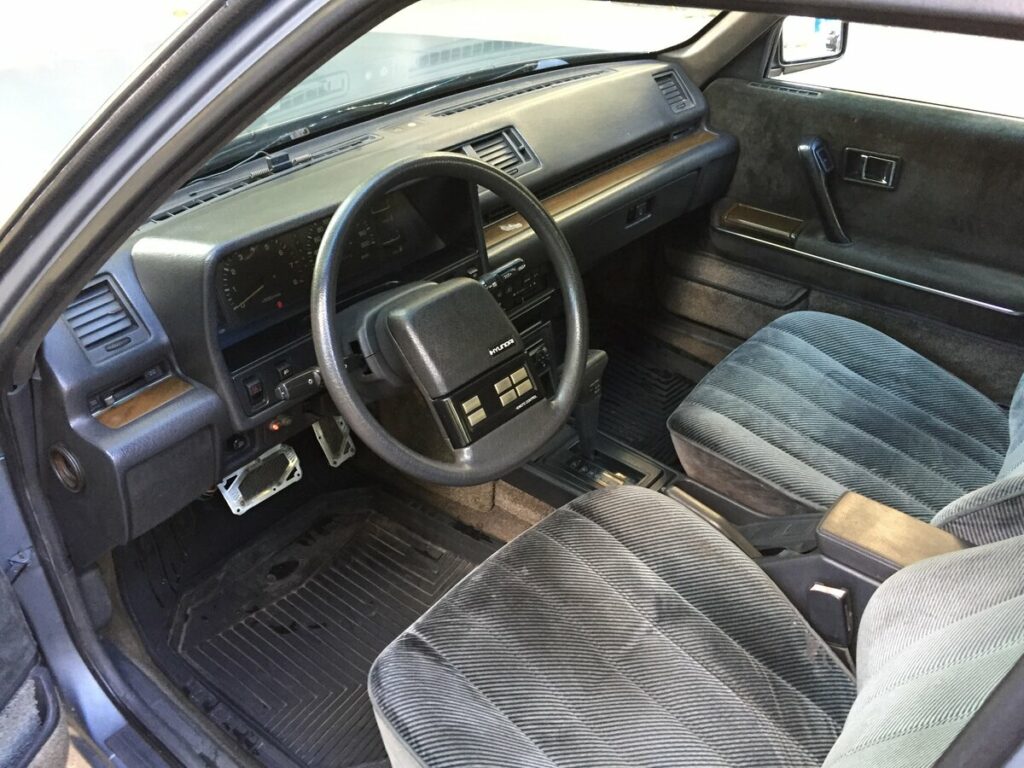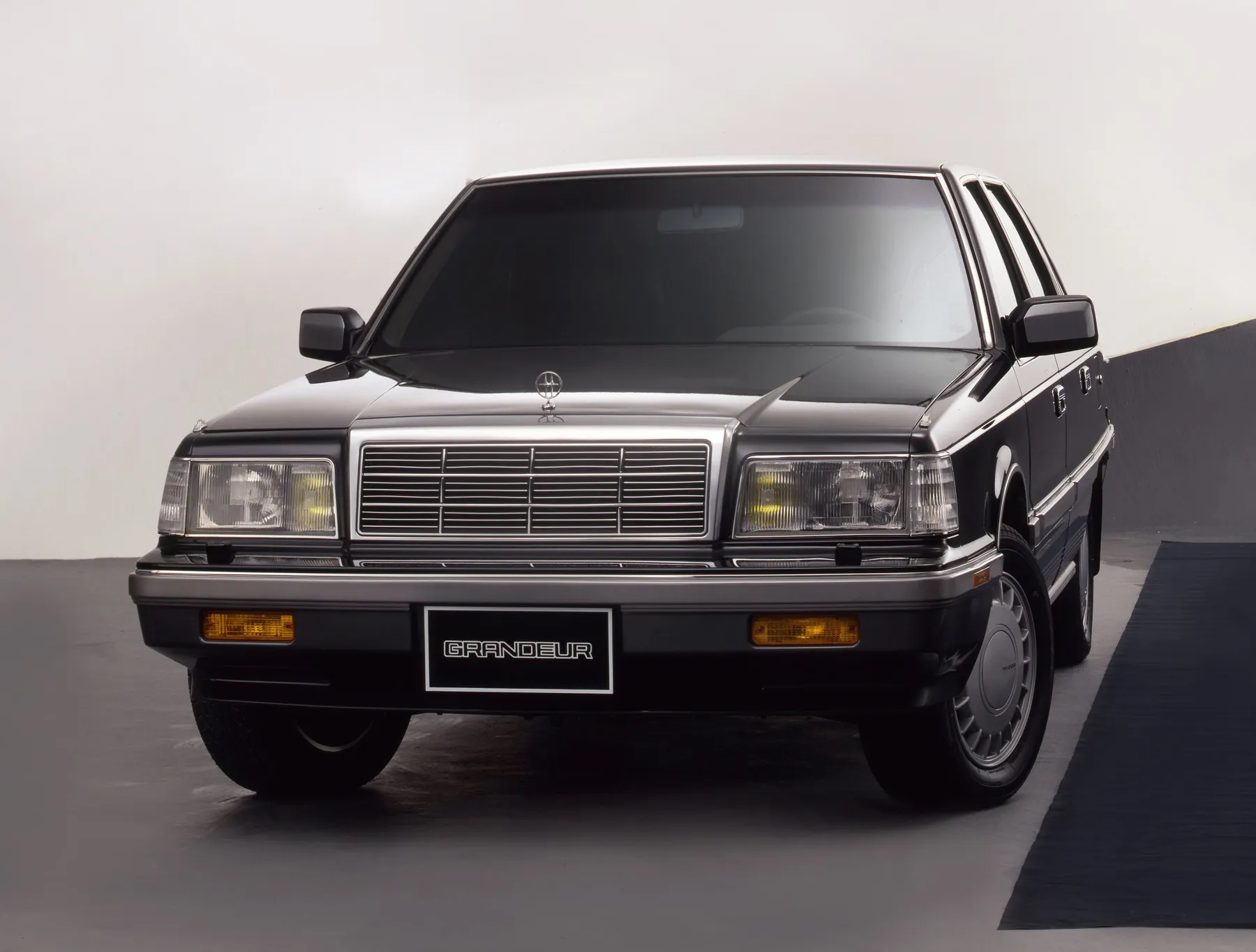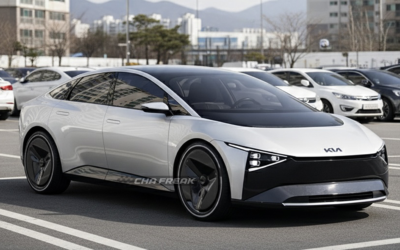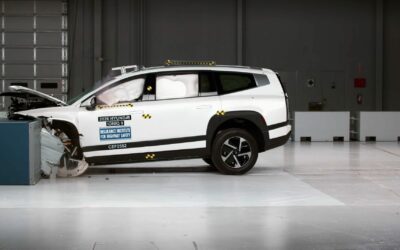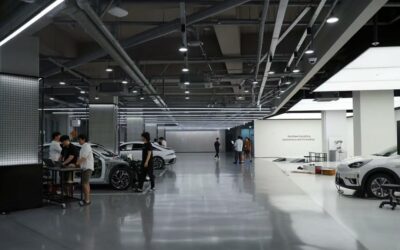The first-generation Hyundai Grandeur (known internally as L), launched in 1986, marked a significant milestone in South Korea’s automotive history. It wasn’t just another sedan; it was Hyundai’s bold entry into the executive luxury segment. What many may not know is that the first-generation Grandeur was deeply rooted in a collaboration with Mitsubishi Motors, based on the Japanese automaker’s own Mitsubishi Debonair. This strategic alliance helped Hyundai establish itself as a serious contender in the premium automotive market.
Hyundai and Mitsubishi: A Strategic Alliance
During the 1980s, Hyundai was still gaining traction as a global automaker. To fast-track development and reduce R&D costs, the company partnered with Mitsubishi Motors, a well-established Japanese manufacturer. This collaboration extended across multiple vehicle platforms, and the first-generation Hyundai Grandeur, codenamed YFL, was one of the most significant outcomes.
Hyundai used the second-generation Mitsubishi Debonair (launched in Japan in 1986) as the foundation for its new flagship sedan. While the core engineering—including the chassis, powertrain, and interior architecture—was borrowed from Mitsubishi, Hyundai localized the design to appeal to South Korean buyers.
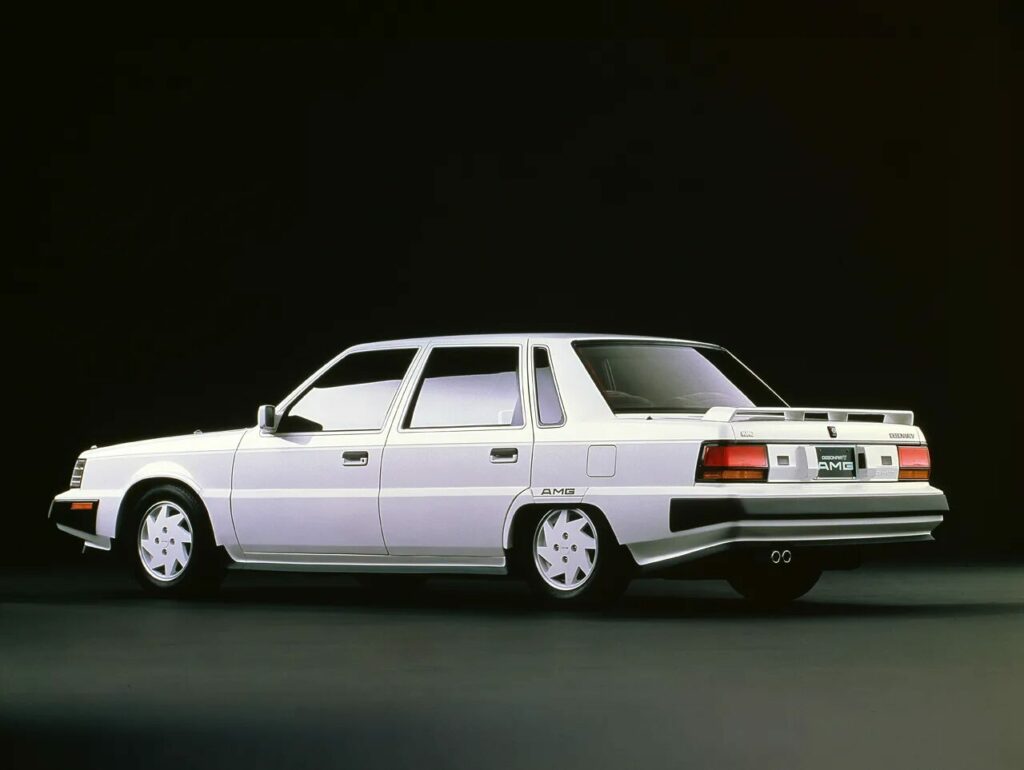
Mitsubishi’s partnership with AMG (yes, that AMG) created the Debonair AMG
Design and Features: Blending Japanese Engineering with Korean Style
Although based on the Mitsubishi Debonair, the Hyundai Grandeur “L” featured its own distinctive styling. The exterior design was subtly reworked to give the Grandeur a more formal and prestigious appearance, better aligned with Korean tastes of the era.
The interior featured plush materials, wood grain accents, and advanced (for the time) technologies like automatic climate control and digital instrumentation—luxuries that were rare in Korean vehicles at the time. It positioned the Grandeur as a true executive car, rivaling imports and elevating Hyundai’s brand image domestically.
Engine and Performance
The first-generation Grandeur was offered with a range of Mitsubishi-sourced engines, including:
- 2.0L Inline-4 (4G63 engine)
- 2.4L Inline-4
- 3.0L V6 (6G72 engine, available in later models)
These powertrains were mated to either a 5-speed manual or a 4-speed automatic transmission. While not performance-focused, the Grandeur offered smooth, reliable performance—ideal for executives and government officials.
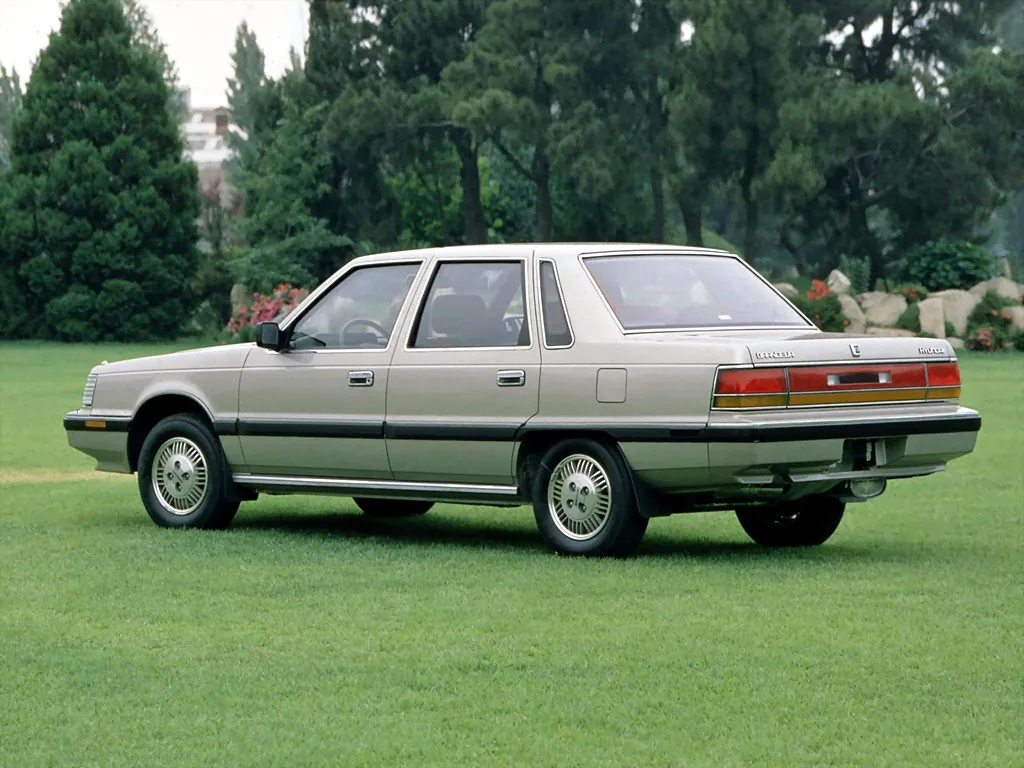
The Grandeur’s Impact on Hyundai’s Luxury Aspirations
The release of the first-generation Hyundai Grandeur was a turning point. It not only became a status symbol among Korean elites but also laid the foundation for Hyundai’s future luxury vehicles, including the later Grandeur models and eventually the Genesis luxury brand.
As Hyundai was an official sponsor of 1988 Seoul Olympics, it used this opportunity to notify all the executives and important people about their new car, the Grandeur. Because of its Mitsubishi basis and good quality, it became very popular in Korea.
Hyundai continued producing the first-generation Grandeur until 1992, after which it launched the second-generation model (LX), which we will discuss in the next chapter—a fully in-house design that marked Hyundai’s maturation as an independent global automaker.
Conclusion
The first-generation Hyundai Grandeur (L) is more than a rebadged Mitsubishi Debonair; it’s a symbol of ambition, partnership, and the early steps Hyundai took toward becoming a world-class automotive manufacturer. Its story is a reminder of how global cooperation can pave the way for innovation and growth.
